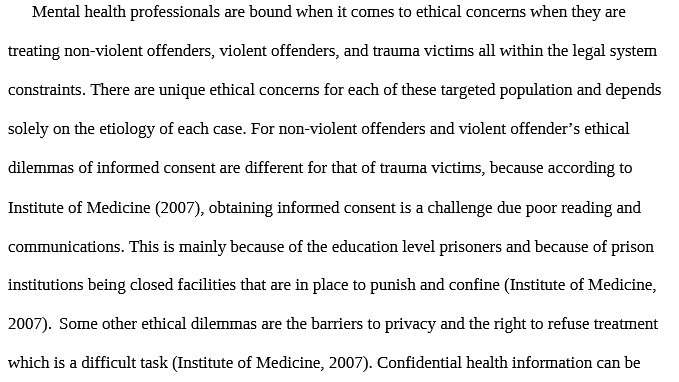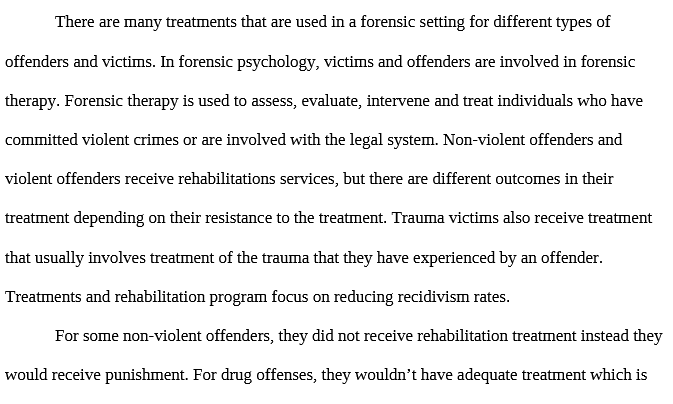PSY 634 PSY634 short paper 2 Neuroimaging Techniques.docx
$16.99$20.99
PSY 634 PSY634 short paper 2 Neuroimaging Techniques.docx
Neuroimaging is a set of tools that produce pictures, of the brain, also known as brain scans, and is extremely important for humans’ understanding of the nervous system There are currently two types of neuroimaging, structural and functional. Structural imaging creates a picture of the inside of the head, which includes bone, brain tissue, blood vessels, and fluid of the brain and spine (cerebrospinal fluid), while functional imaging looks at the brain’s activity by measuring blood flow, electrical impulses, or chemical activity (DNA Learning Center). According to Santosh (2000), neuroimaging in child psychiatry is a rapidly developing field and the number of different techniques being used is increasing rapidly. When taking part in neuroimaging research, the age of the pediatric participant taking part should strongly influence the research protocol for pediatric imaging.
Description
PSY 634 PSY634 short paper 2 Neuroimaging Techniques.docx
Neuroimaging is a set of tools that produce pictures, of the brain, also known as brain scans, and is extremely important for humans’ understanding of the nervous system There are currently two types of neuroimaging, structural and functional. Structural imaging creates a picture of the inside of the head, which includes bone, brain tissue, blood vessels, and fluid of the brain and spine (cerebrospinal fluid), while functional imaging looks at the brain’s activity by measuring blood flow, electrical impulses, or chemical activity (DNA Learning Center). According to Santosh (2000), neuroimaging in child psychiatry is a rapidly developing field and the number of different techniques being used is increasing rapidly. When taking part in neuroimaging research, the age of the pediatric participant taking part should strongly influence the research protocol for pediatric imaging.
PSY 634 PSY634 short paper 2 Neuroimaging Techniques.docx
Images of the living brain or other parts of the central nervous system are indicated for any disorder anywhere in the body that may have neurological involvement or complications. (Luft, Magill’s Medical Guide, 2018) Neuropsychologists use different neuropsychological tests to help diagnose patients. Their neuropsychologists sometimes use neuroimaging to examine their patients. Neuroimaging techniques are available to provide the location of damages to the brain. But what is neuroimaging? Neuroimaging can be defined as a technique that has been experimented with and studies the brain’s function and structure of either a human or animal. Neuroimaging can be categorized into two. Those categories are functional imaging and structural imaging. Functional imaging can be defined as a neuroimaging technique that is used to understand what happens in the event of a brain injury or disease that occurs within the brain systems as it relates to cognition and behavior. It also is used to figure out if rehabilitation changes the brain systems. Structural imaging deals with how the brain is structured.
PSY 634 PSY634 short paper 2 Neuroimaging Techniques.docx
It also deals with the diagnosis of intracranial disease and injuries. There are three examples of neuroimaging that have been used for a long time and is the most widely used methods. Prior to the late twentieth century, neuropsychological assessment was the main tool available to identify the location of brain damage (localization). Today, since imaging techniques are available to provide localization, what role do neuropsychologists play in the research, assessment, and treatment of children and adolescents? Additionally, discuss how the various neuroimaging techniques are important for children with mental disorders and how imaging is used in conjunction with neuropsychological assessment. Provide examples to support your thinking. When responding to your peers, consider how your career choice relates to examples posted by your peers. Neuropsychologists study the relationship between behavior and brain function (Carlson &Birkett, 2017). Neuropsychologists provide comprehensive evaluations to help identify underlying factors that contribute to the function of children in various settings.
PSY 634 PSY634 short paper 2 Neuroimaging Techniques.docx
- PSY 211 – Lifespan Development (5015 Documents),
- PSY 215 – Abnormal Psychology (4335 Documents),
- PSY 108 – Introduction to Psychology (3759 Documents),
- PSY 223 – Statistics for Psychology Research (2652 Documents),
- PSY 216 – Psychology of Personality (1841 Documents),
- PSY 510 – Research Methods (1748 Documents),
- PSY 520 – Research Methods in Psychology II (1469 Documents),
- PSY 257 – Psychology (1451 Documents),
- PSY 310 – Criminal Psychology (1393 Documents),
- PSY 200 – FOUNDATIONS OF ADDICTIONS (1379 Documents),
Only logged in customers who have purchased this product may leave a review.







Reviews
There are no reviews yet.